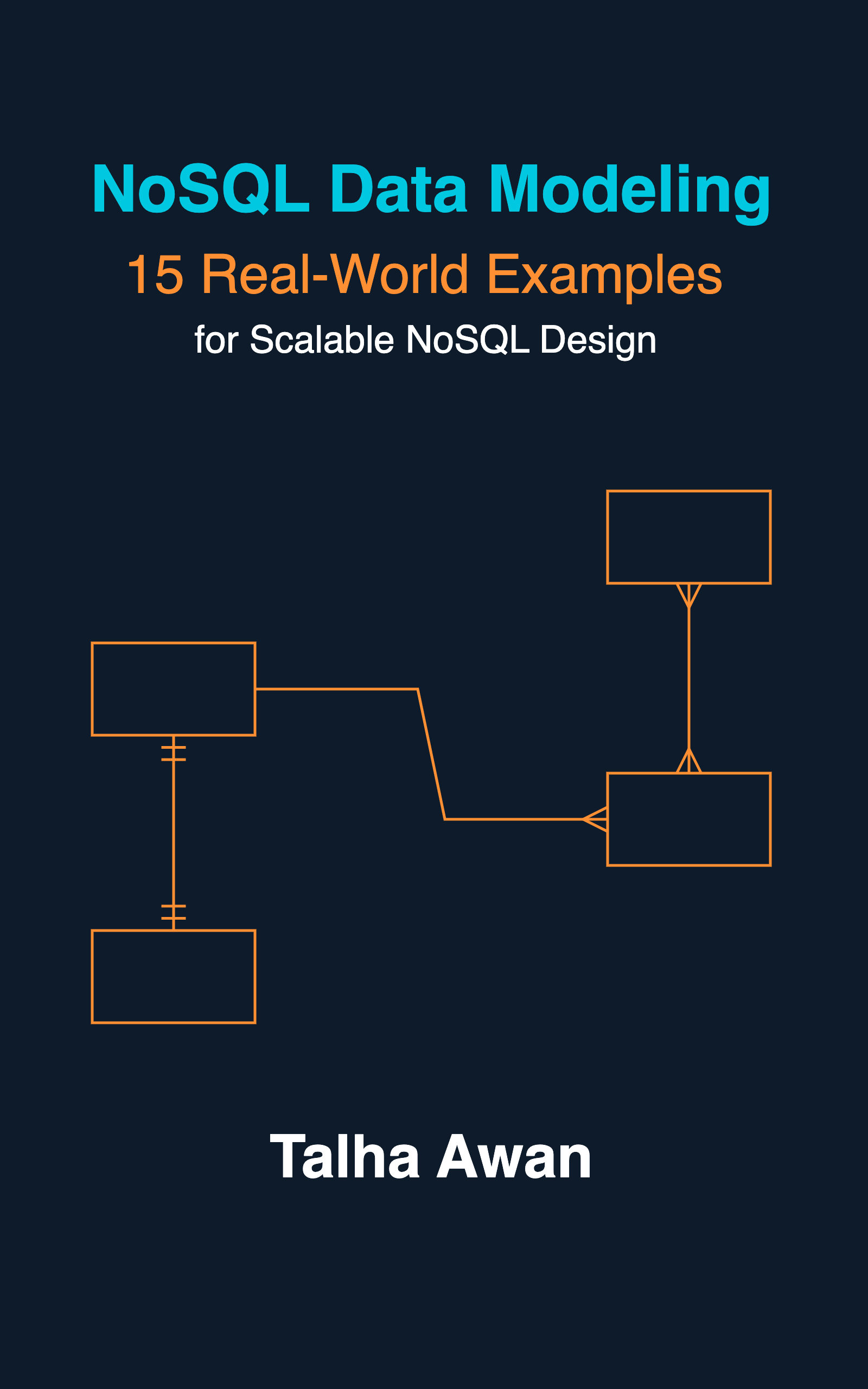For a long time, and for no fee, developers and entrepreneurs would freely use Google Maps. In 2018, all of a sudden, Google put a price tag on its Maps services, that included three distinct but related products: Maps, Routes, and Places. This move took everyone by surprise, and many small and medium applications/businesses that relied heavily on Maps took a fatal blow, and are still tending to their bruises.
This has some far reaching consequences for all the stakeholders. Let’s discuss.
The free usage
The free usage allowance practically doesn’t cover any Maps-relying app beyond the development stage. $200 worth of free usage is nothing when your app starts gaining noticeable downloads/subscriptions with no prospect of real money yet (which almost always comes way later into the picture).
The free usage becomes even more useless because of the way Google groups together multiple calls or scopes and makes them inseparable. Nearby search pricing, for example, is explained this way:
Nearby Search requests return a list of places, but do not support specifying which fields are returned. (Google Places usage and billing)
In other words, that one nearby search call will be billed for all the subset of other calls/fields that are part of it, even when you don’t want some of them included.
An app with a moderate user-base that relies on the nearby search should easily generate around a million calls monthly. By Google’s own terms, you cannot cache their data. So, how is “free $200” any help to that application?
There are thousands of low to middle scale apps which barely break even, and fall into exactly this category to which free usage is of not much use. Google couldn’t care less if people needed enough time to shift to other technologies. That short notice was a tactical move, in my opinion, to retain the users and to repel possible competitors, by leaving them with little planning time.
Why did Google do it?
Simply put, Google is far far ahead in the game. No other Map service comes close to Google’s, with billions of people world over keeping it updated by the second through their devices. Even then, you see a small occasional glitches in it, so you can imagine how low-quality other alternatives would be.
Google has taken advantage of this monopoly over data. Had they known there was a competitor as good as them round the corner, they would have thought long and hard. But android is not going into oblivion anytime soon, and iPhone uses Google Maps too. That combination is a guaranteed Google Maps monopoly for forseeable future. And this allows Google to set whatever price they want to charge, logical to us or not.
The impact on the businesses
I don’t really have first hand knowledge about other businesses, though I can understand how hard they must’ve been hit. Many blogs have reported that, here’s one.
The impact of the decision, and the response to it, depends on how heavily the app was relying on the Maps. Was it using a geocoding autocomplete widget for the users to be able to search a place? Or was it using Places API to get the the data of the businesses? The first case is pretty much replaceable (with nothing as good as Google Maps, obviously. No one has been able to beat their accuracy and down-to-the-street results world wide, yet). The second case, and other similar ones, is where the apps must be doomed. The sheer data of the businesses and places Google has of the whole world is mind boggling. And it’s rarely stale. So good luck with replacing that.
Personally, we had Google geocoding autocomplete text field in one of the apps. It made some 20,000 plus sessions a month, which would exceed the $200 free limit, by $50-$100.
Session Explained: To Google’s credit, it does not charge you per keystroke i.e. typing out “London, The United Kingdom”, and selecting a match from the suggestions dropdown doesn’t charge you 26 + 1 calls; instead it’s considered one session (if you’re using their autocomplete widget, that is).
We also had Google Places text search in place to get businesses data. From what we calculated, this alone would mean a bill of $7000+ a month. So we eventually ended up replacing both.
I’ve written about viable Google Autocomplete alternatives.
The Repercussions
Google must’ve had enough foresight to guess that its monopoly over maps is not in danger, at least for another decade. After all, if Google doesn’t rely on data to reach their decisions, who does?
But from now on, following will happen:
-
Fewer new ideas that rely on maps or places, and;
-
Ideas that did rely on maps or places would make sure that a non-Google alternative worked for them.
-
Though it will put no dent on Google Maps in short term (given its mobile market share, thanks to Android), new companies will gain developers' attention and will build upon their reputation as a viable and cheaper alternative. This will also attract investors.
